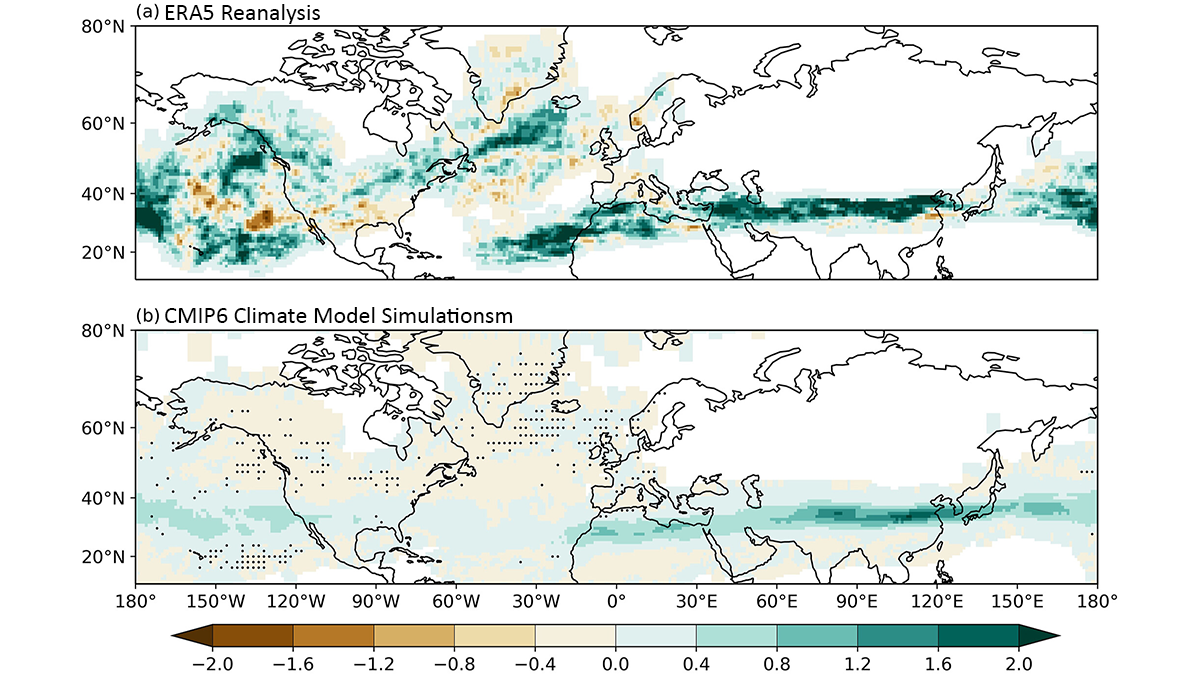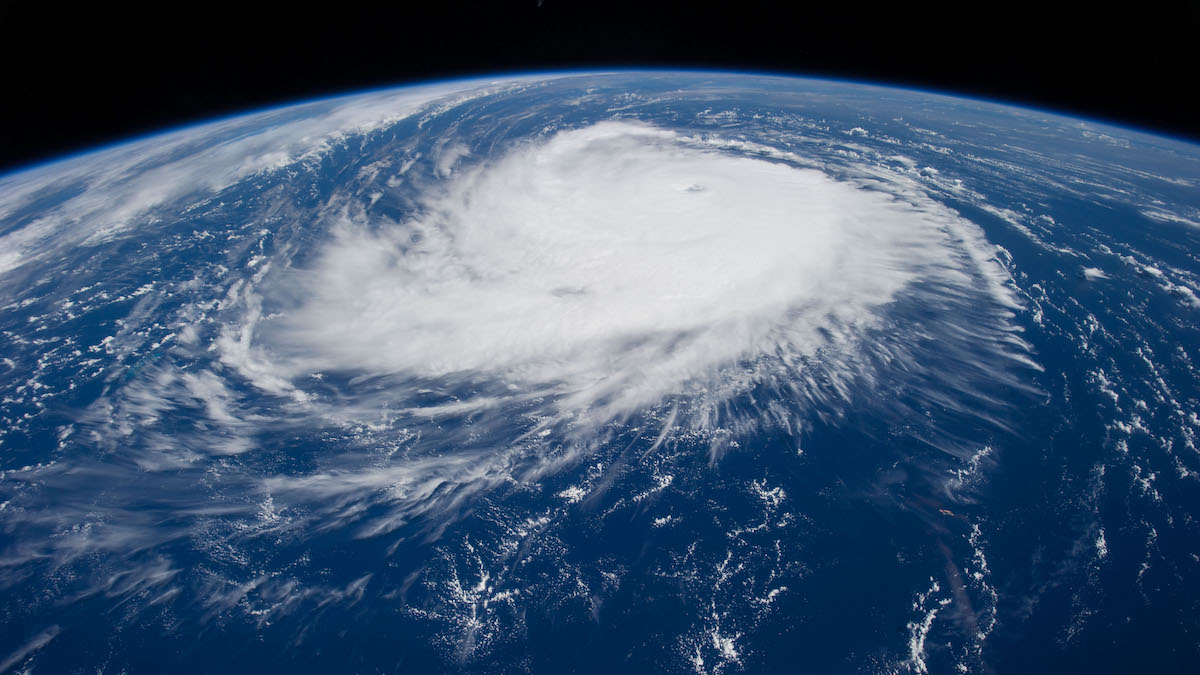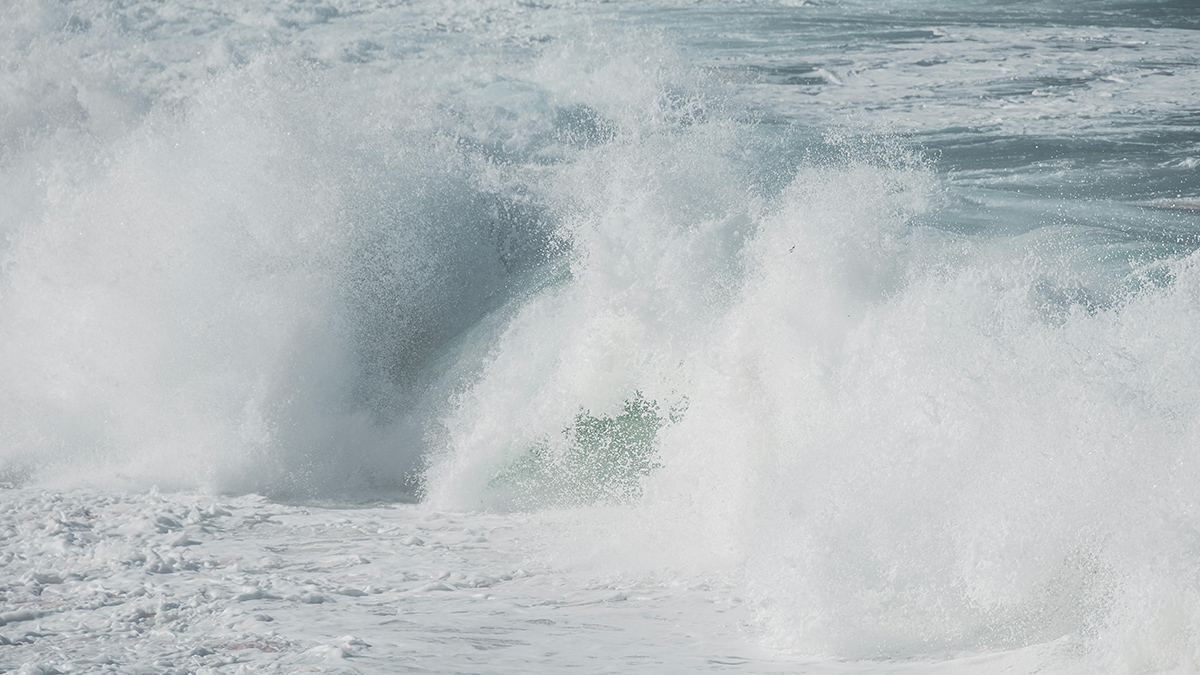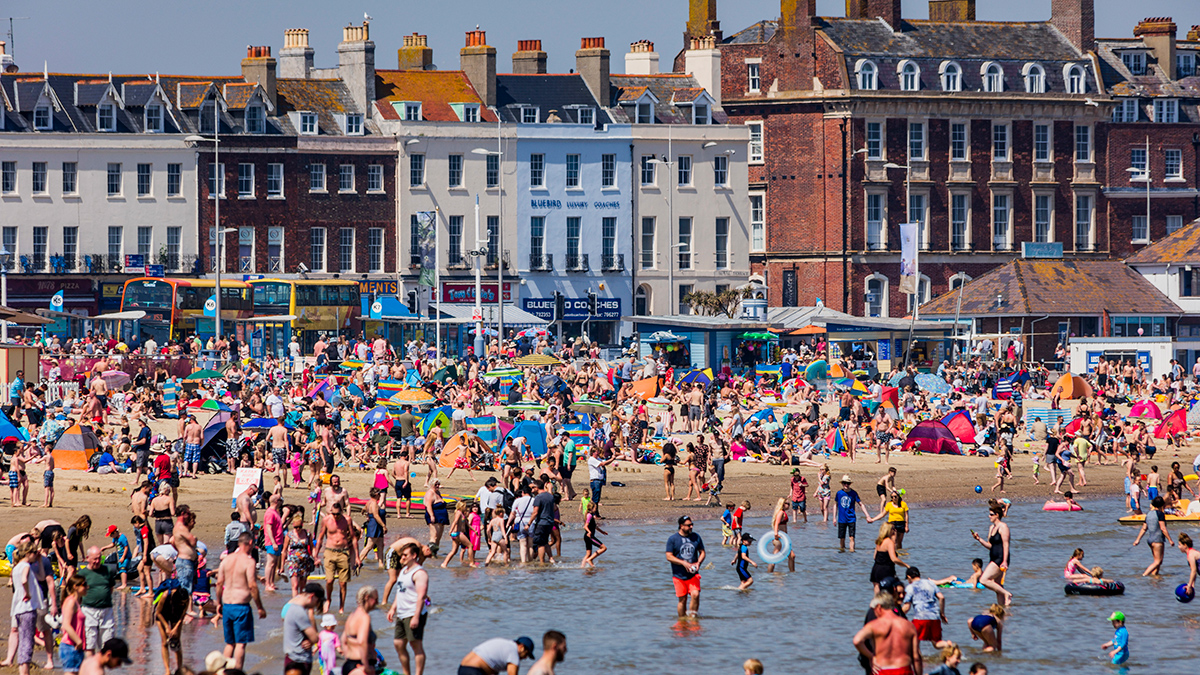The core, which is 71% complete, reveals millions of years of geologic history and the plumbing underlying hydrothermal vents.
Atlantic Ocean
Past and Future Changes in Atmospheric Clear-Air Turbulence
A new study evaluates long-term changes in atmospheric clear-air turbulence based on meteorological reanalysis and climate model simulations.
Scientists Find Clues to Atlantic Current’s Future in Ancient Iceberg Debris
Modern ice loss from Greenland rivals the most dramatic episodes of ice sheet collapse.
Ocean Impacts on European Winter Weather
State-of-the-art high-resolution models are needed to reveal the ocean’s role in driving extra-tropical weather systems.
Reactive Barriers Could Keep Nitrate out of the Atlantic
Microbes in mulch scrub nitrate from groundwater before it flows to the sea.
Radioactive Isotopes Trace Hidden Arctic Currents
Tracing anthropogenic radionuclides shows researchers how water from the Atlantic flows into and mingles with Arctic currents.
2024 Could Be Among Most Active Hurricane Seasons Ever
A new NOAA report predicts an extraordinarily active Atlantic hurricane season spurred by record ocean temperatures and a shift to La Niña conditions.
Ocean Waves Mist Decades-Old PFAS into the Atmosphere
“Forever chemicals” enter the air as sea spray aerosols, polluting coastlines and beyond.
Melting Ice in the Polar North Drives Weather in Europe
Influxes of meltwater into the North Atlantic eventually lead to warmer and drier conditions over Europe.
What’s Hot in Iceland? A Close Up View of Hotspot-Ridge Interaction
New seafloor magnetic data help scientists retrace the evolution of the Reykjanes Ridge, lending insights into the effects of a mantle plume on mid-ocean ridge organization and evolution.










